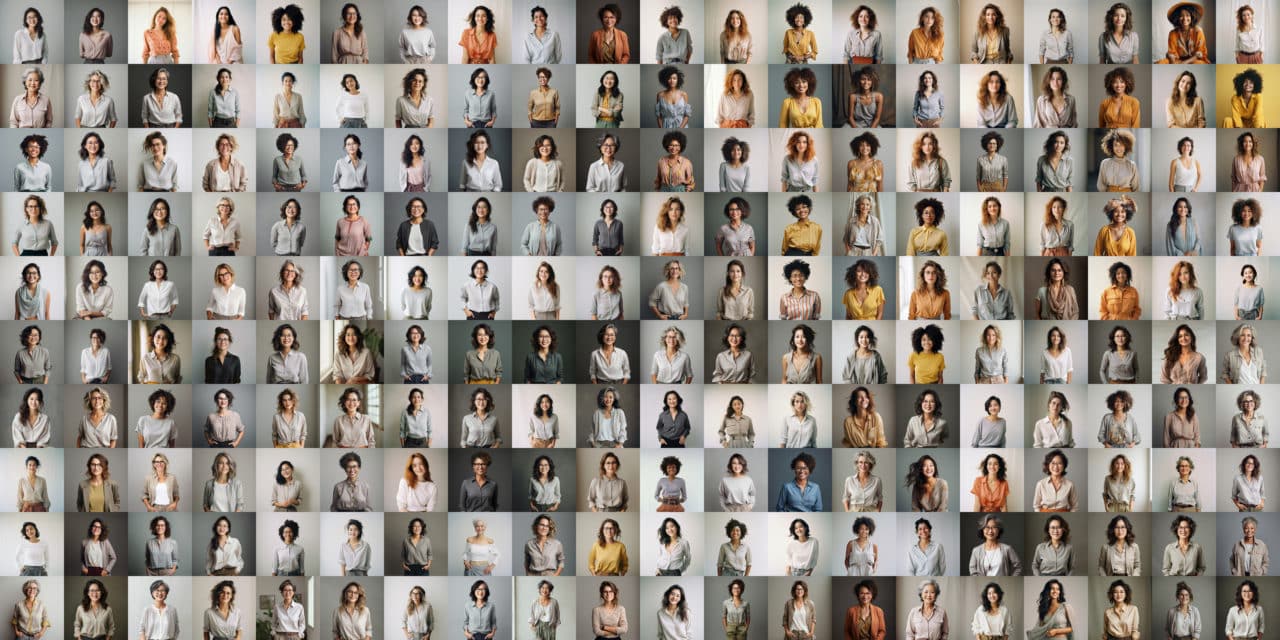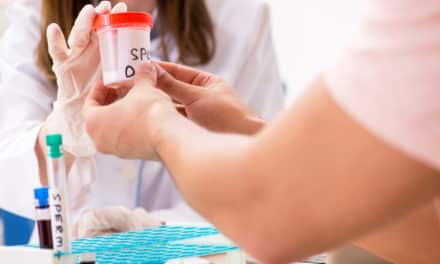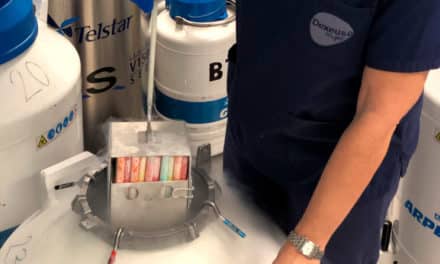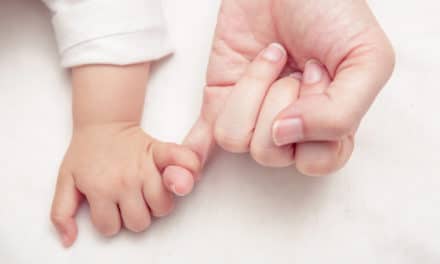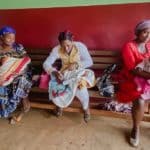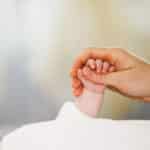Although hardly anyone would openly admit it, all women who have to rely on egg donation want to know as much as possible about their donor. In some European countries, such as Finland, the Netherlands, the UK and, more recently, Portugal, this information is available. In Spain, however, the current law on assisted reproduction stipulates that gamete donation must be completely anonymous and that a medical team must match the patient with the most similar donor from among the available options.
But how is this “matching” done? What makes the medical team choose one candidate over another? How is the donor search carried out? And are there any computer systems that perform some kind of comparison or automatic pre-selection? Biologists working in reproductive medicine centres who are in charge of this task are used to being asked all kinds of questions by patients. In this article, we will explain some of the details of the matching process with the help of Dr Elisabet Clua, head of the Egg and Embryo Donation Programme at Dexeus Mujer.
Key elements of a good match
A rigorous assessment of the donor’s physical and mental health. “What matters most is that the donor is in good health, both physically and mentally. This is why, before starting any other tests, such as blood tests or a gynaecological examination, the donor’s medical history and family history (covering three generations) must be reviewed, as well as her habits and lifestyle”, explains Dr Clua. The aim of this assessment is to detect possible genetic, hereditary and infectious diseases (HIV, hepatitis, etc.), psychiatric disorders (schizophrenia, bipolar disorder, etc.), learning disabilities (attention deficit, hyperactivity, dyslexia, etc.) or other multifactorial diseases that have a higher risk of being transmitted.
A genetic study to reduce the risk of hereditary diseases. At Dexeus Mujer, we also perform carrier screening for recessive genetic diseases, known as qCarrier, on donors. This allows us to determine whether the donor is a healthy carrier of any of the diseases covered by the test. The diseases screened are called recessive because they can only be passed on to offspring if both the egg donor and the partner (or sperm donor) carry the same condition.
Therefore, although a significant proportion of the population is thought to carry such conditions, the majority do not suffer the consequences. However, the eggs and sperm of two healthy carriers can give rise to a sick child (there is a 25% chance that the child will inherit the altered gene from both sides). Currently, the test we use at our centre can detect mutations associated with up to 300 recessive genetic diseases. In any case, ‘there is no zero risk’, says Dr Clua.
A similar phenotype, height and body mass index (BMI). Another fundamental concern for patients is that the donor should have similar physical characteristics. “This is something we always take into account, and it is also a legal requirement”, explains Dr Elisabet Clua. At our centre, we use a platform that helps us identify potential recipients with the same phenotype as the donor: ethnic group (Caucasian, Asian, Hispanic or African), eye and hair colour, hair texture (curly, straight or wavy), height and body mass index (BMI). Once the potential candidate has been identified, the genetic match with the recipient’s partner is assessed. In the case of a double donation, the sperm donor is also genetically matched to the egg donor.
Age matters. Spanish law stipulates that the egg donor must be between 18 and 35 years old. This limit is set to reduce risk because, as a woman’s age increases, the quality of her eggs deteriorates and the risk of her offspring having a chromosomal abnormality, such as Down’s syndrome, increases.
Faster is not always better. In general, donor matching is a process that can take one to two months. This may seem very slow at first, but “I always tell my patients that a faster process does not mean a better one”, says Dr Elisabet Clua. In order to find a good match, it is essential to carry out a thorough preliminary assessment and evaluate the various parameters. The donor who appears to be the best from a phenotypic point of view (physical resemblance) may not be the best match for the recipient’s partner based on the results of the genetic test. In addition, there are not always several donors available for a particular profile. Therefore, if a suitable donor is not available, it is always better to wait a little longer until a good match is found.
Fresh or vitrified eggs? At Dexeus Mujer, we perform most of our egg donation cycles using fresh oocytes. However, this is not because they offer better results than vitrified eggs. In some cases, it may be quicker to match the recipient with vitrified eggs. If this is the case, we will request a fresh sperm sample.
Finally, there is another important thing to know:
Epigenetics is also involved. Many patients worry that, because the child is not biologically theirs, it will not resemble them or fit into the family environment. However, during pregnancy, the recipient also influences the development of her future baby. Her habits, diet, uterine environment and other external factors can modulate how genes are expressed. Additionally, the environment in which the child grows up and their life experiences influence their personality. This is why it is common for children born from egg donation cycles to resemble their mother and father much more than initially expected.







